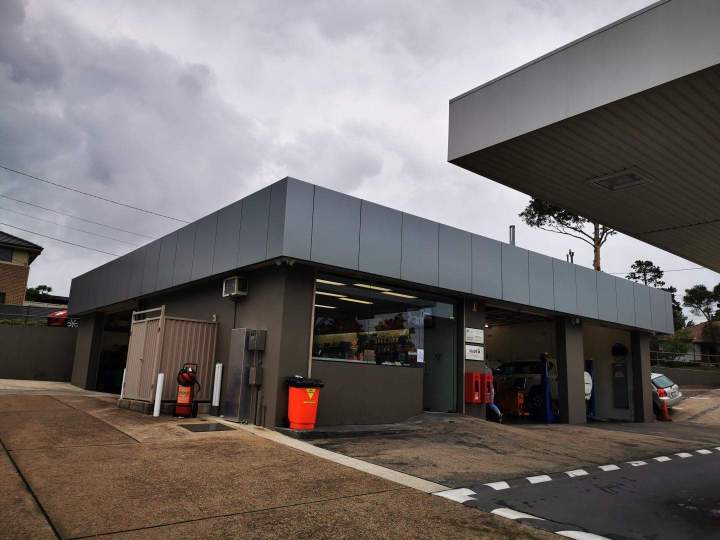Can Cladding Improve Energy Efficiency Or Insulation?

Yes, cladding can significantly improve a building's energy efficiency and insulation. It acts as an additional protective and thermal layer, helping to regulate internal temperatures and reduce energy consumption for heating and cooling.
The Science Behind Cladding and Thermal Performance
Cladding plays a pivotal role in a building's thermal performance by creating a more effective building envelope. The primary function of this envelope is to separate the controlled indoor environment from the fluctuating outdoor climate. A well-designed cladding system reduces thermal bridging, which is the process where heat moves through a building's materials, such as studs or framing, bypassing the insulation layer. This allows a building to maintain a more consistent internal temperature, leading to less reliance on HVAC systems. For instance, in colder months, cladding acts as a shield, preventing valuable indoor heat from escaping.
Conversely, in hotter weather, it helps to block heat from entering the building. Many modern cladding systems, especially rainscreen and insulated cladding systems, incorporate an air gap or a separate insulation layer. This air cavity serves as an additional thermal buffer, trapping air to enhance the insulation effect and improving overall energy savings. The right cladding solution, expertly installed, is a major contributor to a building's sustainability. The team at TD Cladding Supplies Pty Ltd specializes in advising on and installing systems that maximize these thermal benefits, ensuring a healthier, more comfortable, and energy-efficient building.
Selecting the Right Materials for Optimal Insulation
When it comes to improving energy efficiency, the choice of cladding system is crucial. Aluminium, Alpolic, and aluminium composite panels can be combined with insulation layers, such as foam or mineral wool, to create highly effective thermal barriers over a building's exterior. This “sandwich” approach enhances thermal performance, helping to keep interiors cooler in summer and warmer in winter. The finish of the panels also affects energy efficiency: lighter colours reflect more solar radiation, while darker finishes can help retain heat in cooler climates.
TD Cladding Supplies Pty Ltd provides expert guidance and a wide selection of aluminium and Alpolic cladding solutions, ensuring your system reduces energy costs and supports sustainability.